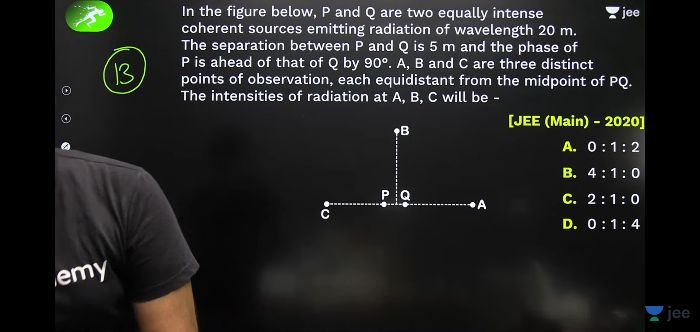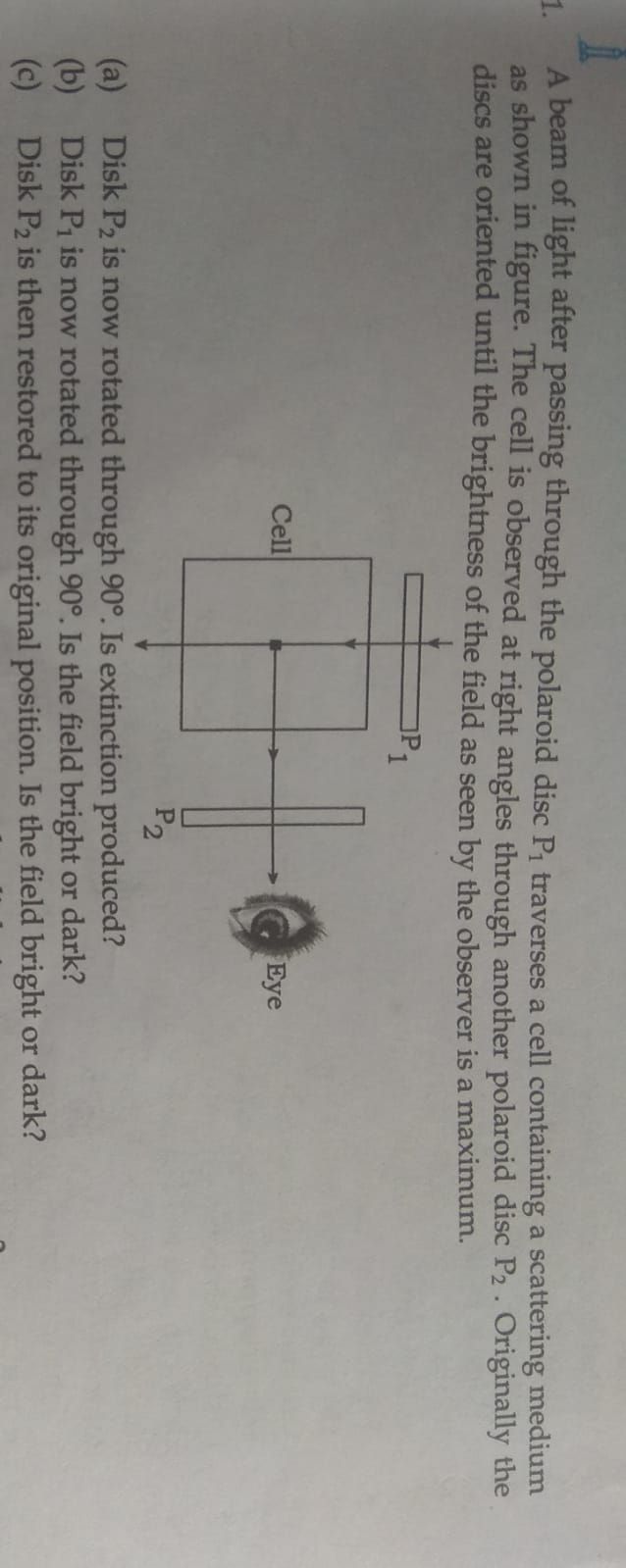CBSE Class 12-science Answered
Wavefront
A wavefront is defined as the continuous locus of all the particles of a medium, which are vibrating in the same phase. These particles vibrate in phase.
Wavefronts are always normal to the direction of propagation of wave.
In optics a ray is always normal to the wavefront.
Example: A pebble is dropped into a calm pond, causing ripples in the form of concentric circles. The waves propagate radially in all directions from the centre and the concentric circles are wavefronts.
Wavelets
A wavelet is a wave-like oscillation with amplitude that starts out at zero, increases, and then decreases back to zero.
According to Huygens principle, each point on a wave front is a source of wavelets. These wavelets spread out in all directions at the speed of the wave.
When the plane wave incident on a convex lens, the central part of the incident plane wave travels through the thickest portion of the lens and is delayed most. The emerging wave front has a depression at the center and therefore the wavefront becomes spherical and converges to the focus.
Similarly, when a plane wave is incident on a concave mirror and on reflection we have a spherical wave converges to the focal point of the mirror.









